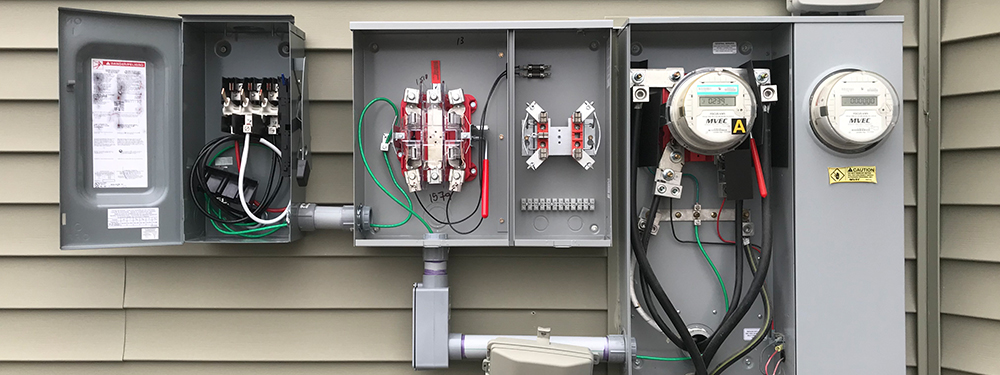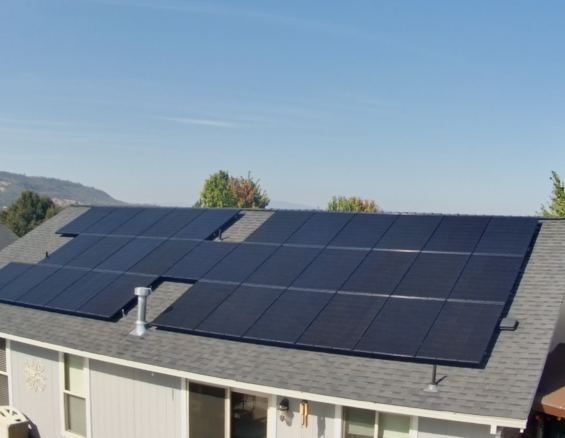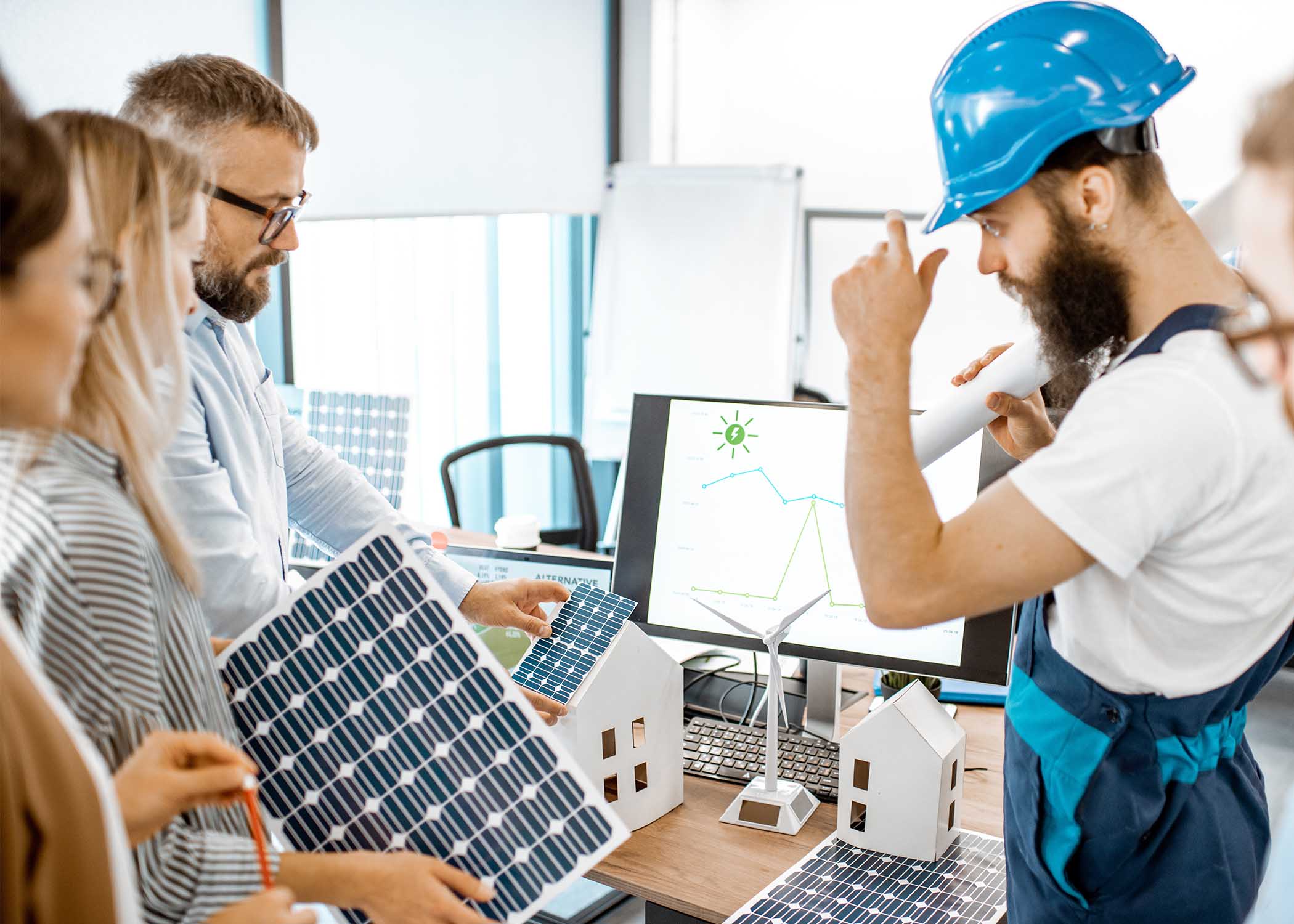Any time you make changes to a landscape, there are significant impacts on the environment.
For example, in urban areas, sunlight is absorbed differently than in green, natural spaces.
This creates a “heat island” of increased temperatures compared to the surrounding area.
Even solar panels can alter the way the sun’s light affects the environment.
Recognizing this, ranchers and land managers have recently begun using solar arrays to prevent evaporation.
Let’s look at how to prevent evaporation of water using solar.
How Color Affects Light and Heat
Though the color of an object can seem unimportant, hue dramatically impacts the amount of heat it absorbs.
On a global scale, a color change can significantly heat the Earth, contributing to climate change.
For example, the Sahara Desert’s pale sands reflect sunlight, and with it, heat.
If the entire desert were covered by a massive solar array with dark-colored panels, the local temperature would increase an estimated 2.5°C.
Meanwhile, the global temperature could increase by 0.39°C.
However, not all surfaces on the Earth are the color of the Sahara.
Darker areas, such as bodies of water, absorb more heat.
This becomes problematic as climate change accelerates – lakes and streams that feed biodiversity are evaporating at unprecedented levels.
This is where solar arrays can help.
How to Prevent Evaporation of Water from Lakes with Solar Arrays
Solar panels may seem expensive to install, but solar power is, in fact, the cheapest source of electricity there is.
Moreover, the panels don’t require a roof placement.
They simply need a location with direct sunlight.
Cue bodies of water.
Lakes, ponds, and other water areas are exposed to constant sunlight.
As a result, solar arrays are great to float.
Moreover, water has a cooling effect that increases the efficiency of a large array.
This lengthens its lifespan, and the panels shade the water, preventing evaporation: a win-win.
How to Prevent Evaporation of Water from Land and Unconventional Surfaces
While lakes and large ponds are an excellent place for solar arrays, land placement can also be a smart choice for ranchers and farmers.
Grasses and plants need sunlight to survive, but hot climates overexpose them and evaporate precious moisture, reducing productivity.
Studies have suggested that plants thrive under solar installations in certain arid climates.
Whether a solar array can improve your property’s plant growth depends on many factors still under research.
One place where solar panels have an unquestionable benefit is in irrigation canals, where well-installed arrays save thousands of gallons per month.
Your Solar Partner
Solar power’s effect on land surfaces are complicated.
But innovative installations have shown us how to prevent water evaporation.
If you’ve been considering solar for your property, we at Unbound Solar® have a system to meet your needs!
Bring us your questions – we’d love to talk with you!



